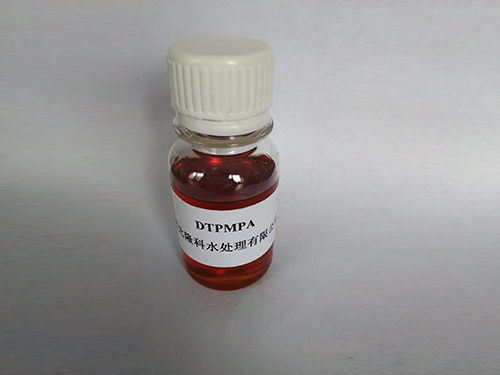Understanding the Role of Anionic PAM in Various Applications and Industries
Understanding Anionic Polyacrylamide (PAM) Applications and Benefits
Anionic polyacrylamide (PAM) is a synthetic polymer widely used across various industries due to its exceptional properties. This water-soluble polymer, which carries a negative charge, is primarily known for its utility in water treatment, soil stabilization, and enhanced oil recovery. Its effectiveness and versatility have made it a popular choice in numerous applications, as it can interact with particles in suspension, aiding in their aggregation and settling.
Chemical Composition and Properties
Anionic PAM is produced via the polymerization of acrylamide in the presence of anionic monomers, which impart a negative charge to the chain. The degree of anionicity can be adjusted during manufacturing, allowing for a range of products suited to different purposes. The polymer itself can significantly increase the viscosity of water solutions, contributing to its effectiveness across multiple applications. Moreover, its ability to form gels under certain conditions makes it a vital ingredient in many industrial processes.
Applications in Water Treatment
One of the most prominent applications of anionic PAM is in water treatment. It functions as a flocculant, promoting the aggregation of suspended particles in water, which aids in their removal during the treatment process. This property is particularly beneficial for municipal wastewater treatment facilities, where the efficiency of contaminant removal is crucial. By enhancing the settling rates of solids and facilitating the separation of water from sludge, anionic PAM helps ensure that treated water meets environmental safety standards.
Furthermore, anionic PAM can be utilized in industrial processes, such as in the mining and paper manufacturing sectors, where it assists in clarifying liquids and optimizing the recycling of water. Its ability to bind with different contaminants allows for a more effective cleanup and preparation of water for reuse, leading to reduced waste and lower operational costs.
Soil Stabilization and Erosion Control
anionic pam

Another significant application of anionic PAM is in agriculture, where it serves as a soil stabilizing agent. By improving soil structure and water retention, PAM enhances the physical properties of soil, making it more resilient against erosion. This is particularly valuable in areas prone to soil degradation, as anionic PAM can significantly reduce the loss of topsoil and increase crop yields through better moisture retention.
Moreover, in construction and landscaping, anionic PAM is used to mitigate dust and stabilize the soil around construction sites, preventing erosion and maintaining the integrity of the project site. Its use in soil management not only preserves the ecosystem but also enhances the productivity of agricultural lands.
Enhanced Oil Recovery
In the oil industry, anionic PAM plays a crucial role in enhanced oil recovery (EOR) processes. When injected into reservoirs, it improves the efficiency of oil extraction by altering the physical properties of the oil and water mixture. The polymer helps in reducing interfacial tension and improves the mobility of oil, allowing for better displacement and recovery rates. This application is particularly crucial as the demand for oil continues to rise, and existing reserves become harder to exploit.
Environmental Considerations
While anionic PAM has numerous benefits, there are environmental considerations to be mindful of. The degradation of PAM in the environment can lead to the release of acrylamide, a compound recognized for its potential toxicity. To mitigate risks, it is essential for industries to adhere to regulatory guidelines and best practices during its application. Continuous research also aims to develop more environmentally friendly alternatives and methods for the safe use and disposal of PAM.
Conclusion
Anionic polyacrylamide is a highly versatile polymer with significant benefits across various industries, particularly in water treatment, agriculture, and oil recovery. Its ability to improve the efficiency of processes while promoting environmental sustainability makes it an invaluable asset. As industries continue to seek sustainable solutions to meet growing demands, the role of anionic PAM remains crucial. By understanding and effectively managing its applications, we can harness its potential while ensuring minimal environmental impact.
-
Pbtc Scale InhibitorPBTC: A Scale Protector for Industrial Water TreatmentNewsAug.05,2025
-
Organic Phosphonate: An Efficient Defender in the Field of Scale InhibitionNewsAug.05,2025
-
Hydrolyzed Polymaleic Anhydride: Green Pioneer in Scale Inhibition FieldNewsAug.05,2025
-
PAPEMP Polyamino Polyether Methylene Phosphonic Acid For SaleNewsAug.05,2025
-
Flocculant Water Treatment: A Pioneer in Purification in the Field of Water TreatmentNewsAug.05,2025
-
Benzyl Isothiazolinone: An Efficient and Broad-Spectrum Antibacterial Protective GuardNewsAug.05,2025





